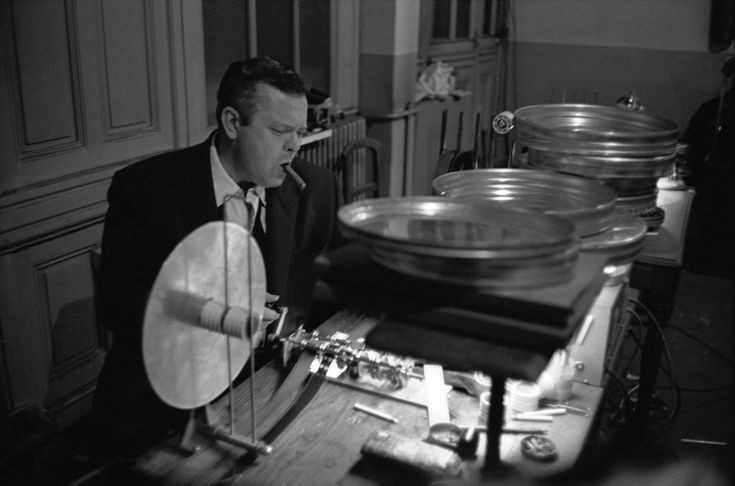As I delve deeper into the art of filmmaking, I’ve developed a new habit of watching films with a critical eye. I’ve discovered that this approach enhances my appreciation of the cinematic experience, especially when it comes to post-production editing and performance modulation. As I continue to re-educate myself about the craft, a few thoughts have coalesced into a cohesive idea that I’d like to share, some of which I have shared in a recent twitter thread.
The film audience is a multifaceted entity, seeking both aesthetic and intellectual stimulation. They require two types of dialogue: auditory and visual. While many textbooks on screenwriting focus on auditory dialogue, there hasn’t been enough discussion on the visual dialogue that occurs between the film and the audience’s mind.
Cinematography, design, and shot selection play a crucial role in this visual dialogue. Shot selection, in particular, is a potent device that “dialogues with the mind” to help the audience process information and generate experiences. The audience’s experience occurs in the mind, that supercomputer capable of processing and interpreting images. The eye, trained over the years, has learned how to prioritize shots to gather essential information and provide coverage to the brain. Curated shot selection can reproduce credible emotions and memories for the mind.
Directors who begin curation from scene development and continue the process during principal photography by collaborating with the Director of Photography (DOP) can simplify the editorial process and produce films that are immediately powerful experiences for the audience. This approach is what I’ve discovered in watching and re-watching the films we all love. The curated shot selections are thoughtfully integrated into the entire experience, creating a unified and powerful message that is communicated to the audience’s mind. It provides further why great directors involve themselves in all the processes involved in film- especially editing. They are not simply control freaks but artists seeking to shape every dialogue in their cinematic language. For Quentin Tarantino, exerting editorial control is central to ownership – “I feel that if I don’t edit my own films, I’m not really making my own films.”
This is not to claim that there are no different methods to the madness of cinema but to realize shot selection is a visual dialect within the language of film that allows the director to communicate with the audience’s min. It is not simply a device to yield completely to the editor.
By paying attention to this crucial aspect of filmmaking, directors can create films that are not only visually stunning but also emotionally resonant. As the legendary filmmaker, Alfred Hitchcock once said, “The three most important things in making a movie are the script, the script, and the script.” Perhaps now we can add shot selection to that list.
By Taiwo Egunjobi


Leave a Reply